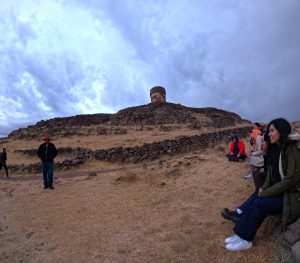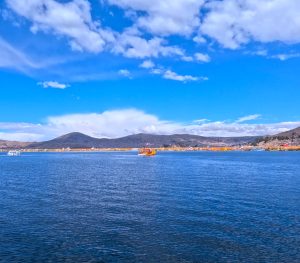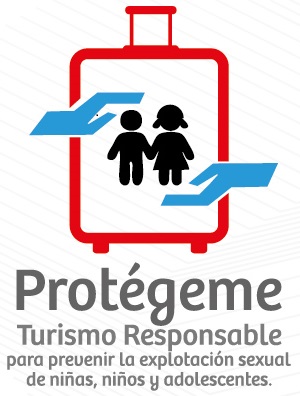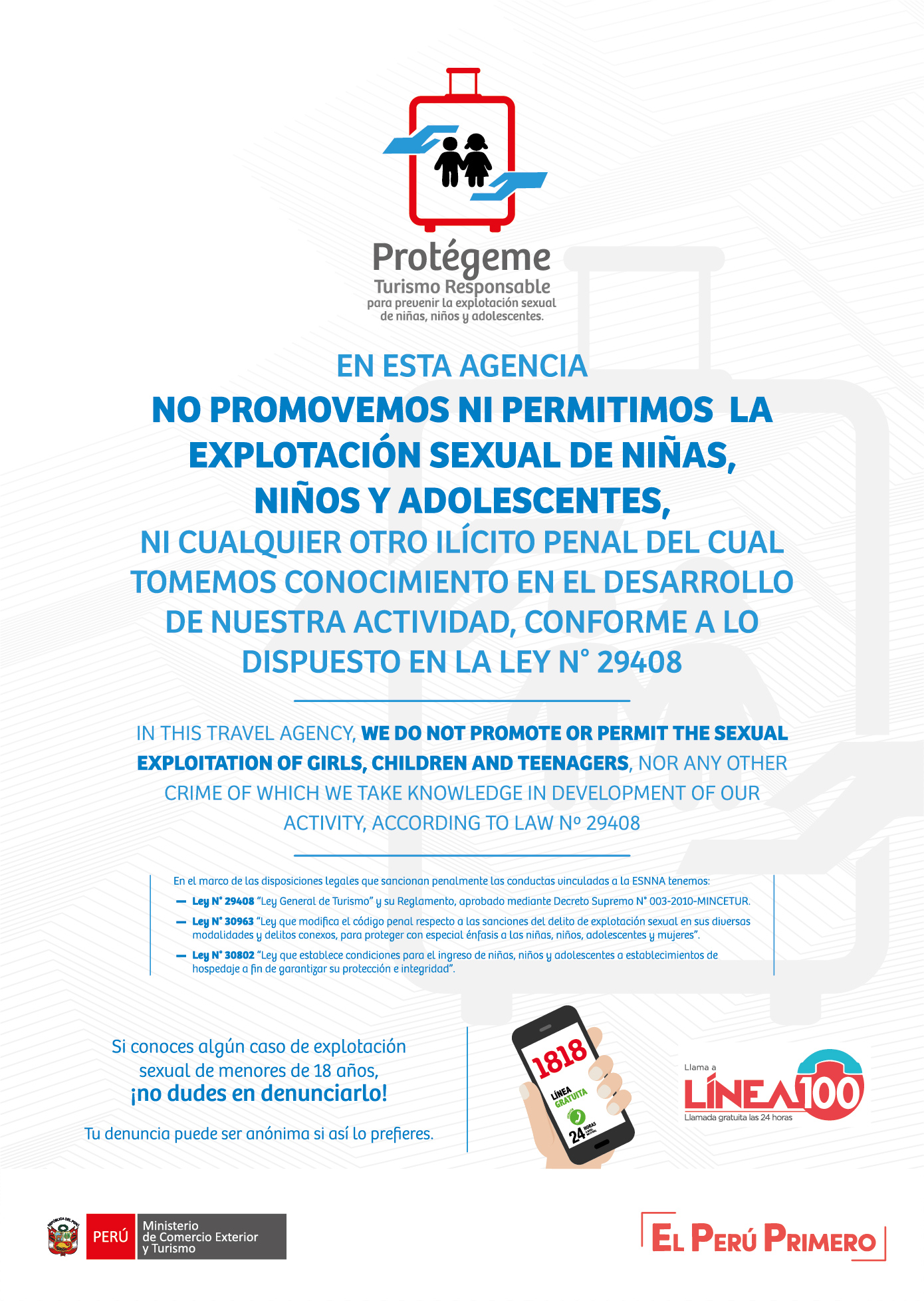Puno, the folkloric capital of Peru, is the heart of authentic community-based tourism experiences on Lake Titicaca, the world’s highest navigable lake. Beyond the city, the lake’s communities welcome travelers to share their daily life and ancestral traditions: on the Uros Islands you’ll discover floating reed islands; on Taquile, textile art recognized by UNESCO as Intangible Cultural Heritage; on Amantani, homestays and Andean rituals with breathtaking views.

You can also explore villages such as Llachón and the Capachica peninsula, where rural Andean life, artisanal fishing, and scenic hikes create a deep connection with local culture. Nearby, the mysterious Sillustani burial towers reveal the ingenuity of pre-Inca civilizations in a stunning natural setting.

Countless paths to travel and magical places to discover. Do not miss the news we have for you about our trips and destinations. 😉




